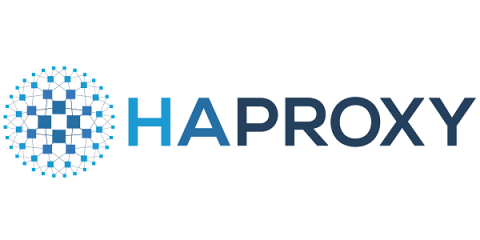HAProxy Configuration Basics: Load Balance Your Servers
Learn how to set up basic load balancing using the HAProxy configuration file. If you’re new to using the HAProxy load balancer, you’ve come to the right place. In this blog post, you’ll learn how to configure HAProxy for basic load balancing. I am assuming that you’ve already installed the software. If not, there are several ways to do so.










